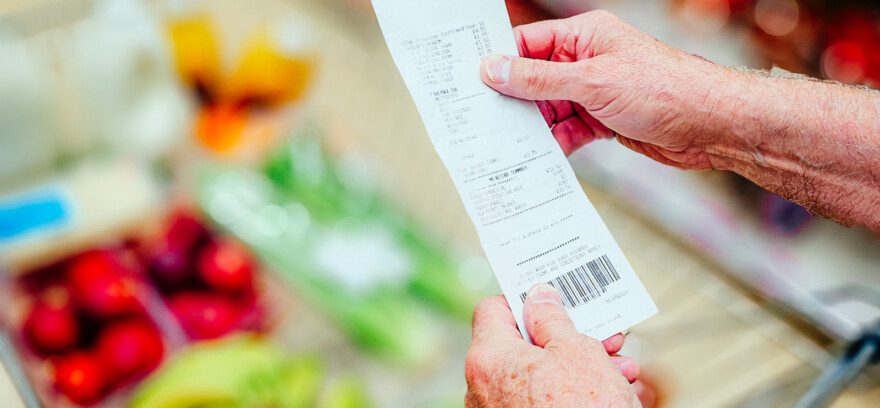UK markets regained momentum this week with the FTSE 100 Index rising by 2.2% to trade at 8,330 points at the time of writing.
The UK economy grew by 0.6% in the second quarter, compared with 0.7% growth in the first three months of the year, in line with economists’ expectations.
The GDP figure from the Office for National Statistics marked only a marginal slowdown from the robust growth of the previous three months, and provided some good news for the new Labour government. UK wage growth slowed to the lowest rate in almost two years in the three months to June, with annual earnings growth, excluding bonuses, slowing to 5.4% from a revised 5.8% in the three months to May, figures from the Office for National Statistics showed. This was in line with forecasts by economists polled by Reuters and marked the lowest level since July 2022.
The Office for National Statistics also reported that the UK unemployment rate declined to 4.2% in the three months to June, compared with an expected increase to 4.5%. However, analysts noted the unemployment data is unreliable due to low response rates to the survey from which it derived, which is separate to the wage data survey. The further easing in wage growth will be welcomed by the Bank of England as a sign that labour markets are continuing to cool. This would support forecasts of two further 0.25% interest rate cuts this year.
The annual increase in UK consumer price inflation came in at 2.2% in July, below expectations for a 2.3% rise from economists polled by Reuters. The figures, which were reported on Wednesday by the Office for National Statistics show that underlying price pressures continue to fall, opening the door to more interest rate cuts by the Bank of England this year.
However, the reading still marked the first rise this year and takes inflation above the Bank of England’s 2% target. Services inflation, the Bank of England’s key measure of domestic price pressures, declined more than expected from 5.7% in June to 5.2% in July, the lowest since June 2022. Analysts had expected a fall to 5.5%.
Elsewhere, UK retail sales rebounded month over month in July, rising by 0.5%, helped by higher spending in department stores and on sports equipment after wet weather deterred shoppers earlier this summer.
Commodity Markets
In the commodity markets, Brent crude futures traded around $80 per barrel on Friday and are set for a weekly rise, as Israel and OPEC member, Iran appear to be on the brink of direct conflict, with the Pentagon dispatching forces to the Middle East to defend its ally. A fresh round of negotiations began on Thursday to secure a ceasefire in the Gaza war, even as Israeli troops continued their assault on the Palestinian enclave. The talks, which have been boycotted by Hamas, were extended and resumed in the Qatari capital Doha on Friday.
Oil prices were also boosted after upbeat US economic data eased investor worries about a potential recession in the top oil consuming nation. China weighed on the oil market this week, with OPEC lowering its forecast for the year on softening demand in the world’s second largest economy. US crude oil stockpiles rose for the week ended August 9th as the summer driving season nears its end.
Gold prices traded around $2,460 an ounce on Friday and are set for a weekly rise, after better than expected US retail sales and weekly jobless claims data boosted confidence in the economy and hopes for interest rate cuts.
US Equity Markets
US equity futures rose on Friday after Wall Street responded positively to signals of resilience in the US consumer and labour markets, alleviating recession concerns. In Thursday’s regular session, the Dow Jones Industrial Average rose 1.39%, the S&P 500 gained 1.61%, while the Nasdaq Composite rallied 2.34%.
US consumer price inflation fell to 2.9% in July, bolstering the case for the Federal Reserve to cut interest rates at its next meeting in September. The annual rise in the consumer price index came in 0.1% below June’s rate and undercut economists’ expectations that the figure would hold steady at 3%. This marked the first time CPI inflation fell below 3% since March 2021. Core CPI, which excludes volatile food and energy prices, rose by 3.2%, compared with 3.3% in June, according to data published by the Bureau of Labor Statistics on Wednesday.
Retail sales in the US rose 1% in July, surpassing an estimate from Dow Jones that forecast a 0.2% increase. The data boosted investor confidence and broader markets which have rebounded in recent days following an extended period of volatility. Initial jobless claims came in at 227,000 for the week ending August 10th compared with estimates of 235,000 from Dow Jones. US stocks rose and government bonds sold off following the data releases.
The figures come as the Federal Reserve has shifted its focus from taming inflation to preserving the health of the labour market as it prepares to begin cutting rates at its next meeting in September. Investors now see about a 36% chance of a 0.5% rate cut in September, down from 50% before the data release, according to the CME FedWatch Tool.
The information provided in this communication is not advice or a personal recommendation, and you should not make any investment decisions on the basis of it. If you are unsure of whether an investment is right for you, please seek advice. If you choose to invest, your capital may be at risk and the value of an investment may fall as well as rise in value, so you could get back less than you originally invested.
